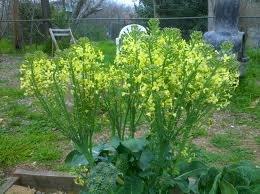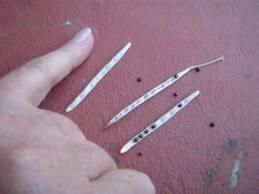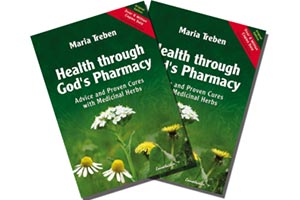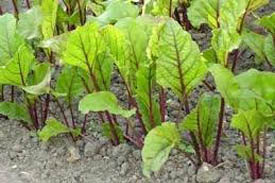Seed Saving: Brassia
After planting in the greenhouse last fall I have four good pictures for you on seed saving for cabbage family plants. The three plants show the three stages of seed development from flower to seedpod and the drop of the pod. If you have a good long season and plant early you can best do this in the sunlit garden.
Our lead in picture is what you will see in the grocery store.
Broccoli is always a child’s favorite except in my family, (pun). Actually broccoli is one of the very best flowering plants for health. Notice in the lead in picture that the “head of the plant” is spread out and there are side shoots. This is what most people steam for the plate. Yet in Asia it is more common to also slice up the stalk-tough indeed-peel it, then steam with the lighter heads. We often in out quest for delicate treats disregard what is offered us in nature’s bounty. Try the diced stems in a soup base and save the heads and shoots for steaming with cheese sauce.

As the plant grows the big heads if not ravaged by the gardener will start to flower. I would say that the first flower is an indication to harvest. If you let the plant go into full flower they will start to form pods, long slim little pods then become bumpy with growing seeds inside. This is your goal: seed pod development.
Then when you have forgotten about it, they dry, split and disburses. The entire pod disappears. You have lost the seeds. Keep a sharp eye- things change overnight.
This is the quest of the gardener to collect those seeds. The method I use is a paper bag-not a plastic bag, as they hold moisture promoting rot. Collect the seedpods on the stems when the flowers have disappeared.
 I slip the bag over the heads and shoots still attached to the stalk and then uproot the plant, tie the bag around the stalk and heads and hang up to dry. The little black seeds will fall from the pods in a few days and when you can rattle the bag they are ready to put into a mouse proof glass jar and kept, perhaps, in a frost free freezer, refrigerator or in a cool dark place.
I slip the bag over the heads and shoots still attached to the stalk and then uproot the plant, tie the bag around the stalk and heads and hang up to dry. The little black seeds will fall from the pods in a few days and when you can rattle the bag they are ready to put into a mouse proof glass jar and kept, perhaps, in a frost free freezer, refrigerator or in a cool dark place.
The dry husk of the plant is not edible at this point, but adds greatly to the compost pile.
Cabbage is a standby for gardeners in that you have early spring through winter varieties. They are mostly snow resistant and used in salads, soups and traditional cabbage leaf wrapped meatballs. Considered a poor peoples food years ago it is like most cabbage type plants very healthy, stores well, and is sweet.
Although I start my plants in a cold frame, hoop house, solar greenhouse, or heated bench, you can direct seed them into the garden soil as soon as it can be cleaned off. Tilling is not necessary. After you accumulate a few million seeds you can broadcast them over a big area and weed out those as they grow, feeding the weeds and unwanted plants to the chickens, or rabbits. You can dribble seed by hand in long rows thinning plants to about two feet or more between plants as they spread out. When they ready to make seed, some early, some over the winter storage, they start to split. Then the seed stalk comes straight up, flowers, makes seeds and our cycle is ready to do over again.
 I plant non-hybrid seeds. My choice for this seasonally cool area starts with Early Jersey, a smaller sweet cabbage, followed by Late Jersey, a bit bigger cabbage and finally if I have a mild winter I can get January King to do well. Old timers who grew hundreds of cabbages and sold them for a nickel each at harvest would run a plow down the rows and turn the soil over the plant to keep it until spring. I use a root cellar, or basement; then again I am not harvesting thousands of plants.
I plant non-hybrid seeds. My choice for this seasonally cool area starts with Early Jersey, a smaller sweet cabbage, followed by Late Jersey, a bit bigger cabbage and finally if I have a mild winter I can get January King to do well. Old timers who grew hundreds of cabbages and sold them for a nickel each at harvest would run a plow down the rows and turn the soil over the plant to keep it until spring. I use a root cellar, or basement; then again I am not harvesting thousands of plants.
Cauliflower seeds the same as broccoli. I might add that Brussel Sprouts, garden grown and harvested after the first frost makes the little “cabbages” sweeter. Do not forget the traditional southern favorite after frost: Collards.
All these cabbage like plants do best with a pH of 7. That is slightly leaning on neutral to alkaline. This implies that you need to rake in a bit of dolomite limestone at the surface for the tiny ball of roots. There is no secret fertilizer combination formula as each soil is different, but I would generally recommend 8-8-8, 10-10-10, or 20-10-10.
Bon Appetite.
God Bless,
Old Timer
COPYRIGHT: Back2theLand.com, 2013 All Rights Reserved.



